Nothing brings a garden to life like perennials, so spring is the ideal time to begin designing and planting it. Annual blooms of perennial flowers bring color and charm to your garden. However, it might be difficult to decide which perennials are best for planting in the spring because there are so many possibilities available. We’ve compiled a list of the best 5 perennials to plant in the spring in this post, including well-known favorites like peonies and hostas as well as some less well-known but no less beautiful selections. These spring perennials will beautify your yard, no matter if you’re an experienced gardener or a novice.
Peonies
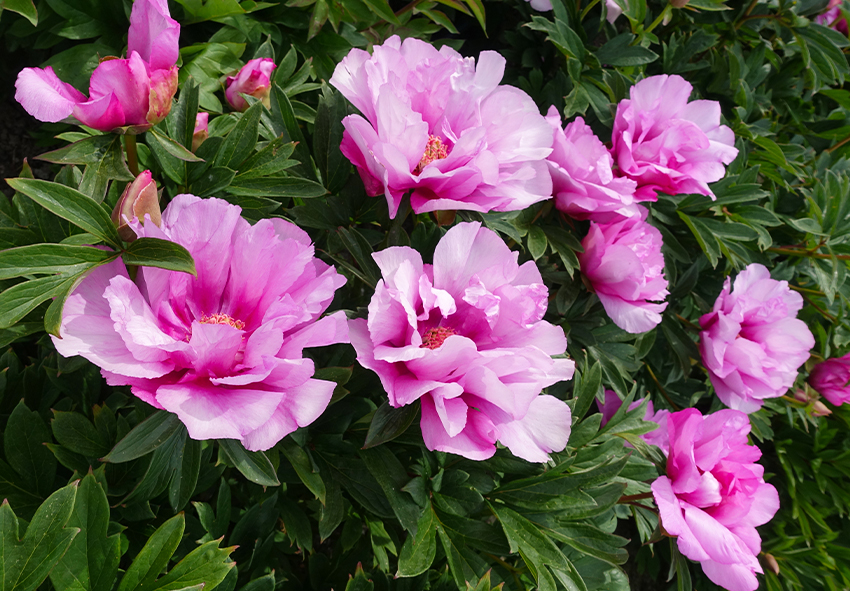
Large, spectacular flowers and a pleasant scent make peonies a favorite. They can be single, double, or semi-double, and come in a range of hues, including pink, red, white, and yellow. Peonies have been grown for more than 2,000 years and are native to Asia, Southern Europe, and Western North America.
Because they are resilient, long-lived perennials that may flourish for decades with appropriate care, peonies are a fantastic choice for spring planting. They require little upkeep and are often pest- and disease-resistant.
The following advice will help you grow and take care of peonies:
- Plant peonies in a sunny location with well-draining soil
- Peonies should be planted in the fall or early spring
- When planting, make sure the crown is no more than 2 inches below the soil surface
- Peonies prefer soil that is neutral to slightly acidic with a pH of 6.5 to 7.0
- Water peonies deeply once a week, but do not overwater as they are susceptible to root rot
- Apply a balanced fertilizer in the spring before the plant starts to bloom
- Remove spent blooms to encourage more flowers
Hosta (Funkia)
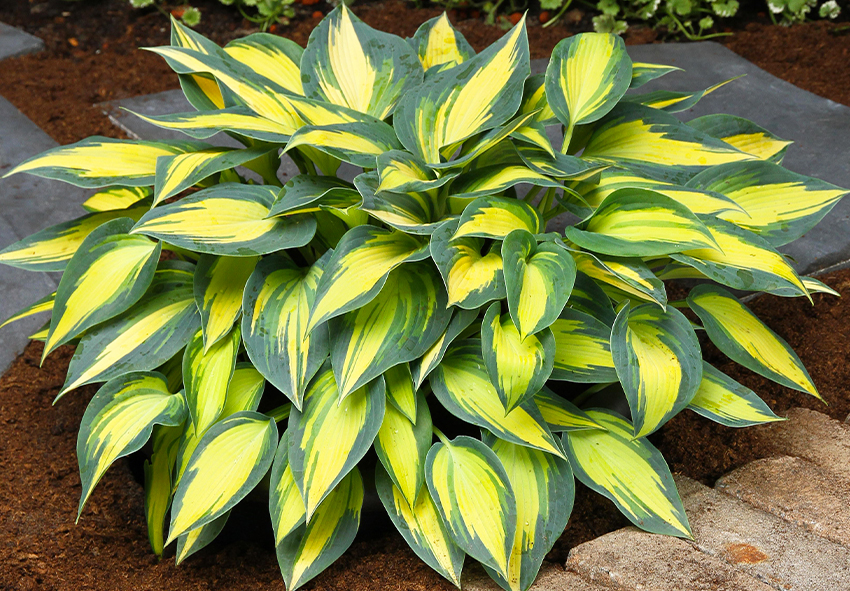
Hosta, commonly referred to as Funkia, is a valued perennial plant because of its eye-catching leaf. There is a Hosta for every garden thanks to the over 70 species and thousands of cultivars that are available. The plant, which is native to eastern Asia, is frequently cultivated for its ornamental leaves, which come in a variety of colors, including brilliant green, blue-green, and even variegated leaves. Hardy in nature, hosta grows well in a range of soils and lighting conditions.
Hosta is a fantastic plant to plant in the spring since it is simple to grow and needs little upkeep. The plant may be used to bring interest to shadowy regions of the garden because it can withstand shade. Hosta is a worry-free addition to any garden since it is resistant to pests and illnesses.
While planting Hosta, it’s crucial to pick a spot that receives some to all of the shadow. The soil has to be rich in organic matter and have good drainage for the plant. Regular watering of hosta is recommended, but avoid overwatering to prevent root rot. The spring and summer seasons are ideal times to fertilize with a balanced fertilizer to encourage strong growth.
Hosta can be multiplied via division in either the spring or the fall. To divide, gently dig out the plant, then cut the root ball into more manageable pieces using a sharp knife. Each piece should be replanted, and it should be carefully watered.
Iris Perennials
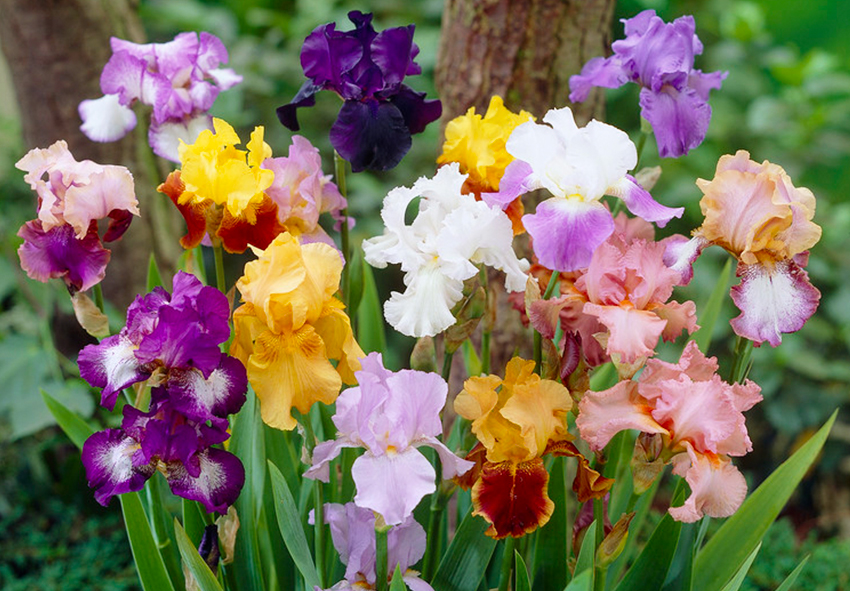
The perennial iris plant is a stunning and useful addition to any yard. They bring a sense of refinement to any landscape because to their eye-catching blossoms and diverse color palette. These perennial plants are simple to cultivate and maintain, making them a great option for novice gardeners.
Iris perennials grow best when planted in the spring. They benefit from the additional moisture in the soil and do well in chilly climates. These perennial plants will bloom year after year if given the right care, enhancing the beauty and charm of your yard.
Iris perennials should be planted in a sunny area with well-draining soil. These perennials prefer soil with a pH between 6.0 and 7.0 that is somewhat acidic. Make sure the rhizome’s top is planted slightly below the soil’s surface. To assist maintain moisture, properly water the plants and mulch the area around the base.
Keep the soil around your iris perennials wet but not soggy. Apply a balanced fertilizer in the spring and once more after the blossoms have gone. Every three to five years, divide the rhizomes to maintain the health of the plants and avoid overpopulation.
Astilbe (False Spirea)
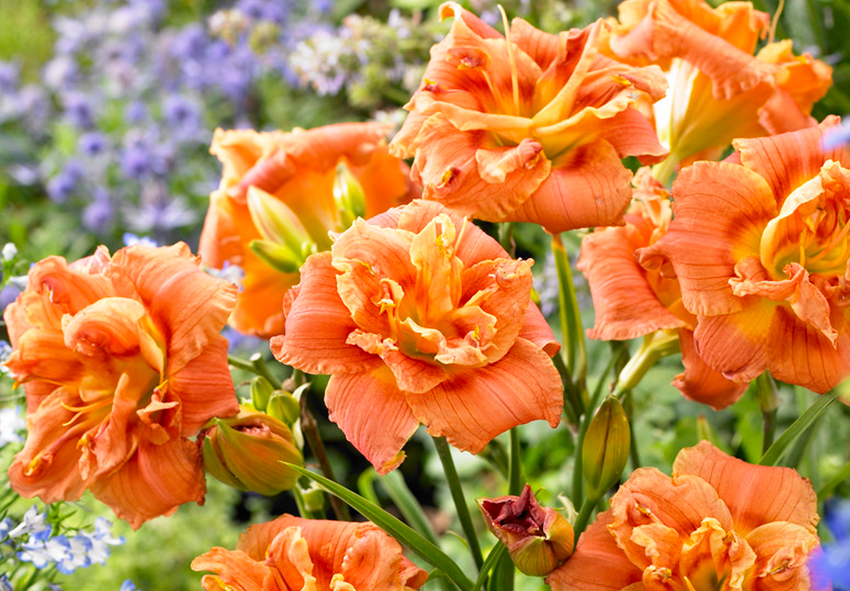
Astilbe, commonly referred to as Fake Spirea, is a lovely perennial with flowers in pink, red, and white hues. It thrives in wet soil and light shade, so a forest garden or a location next to a water feature are excellent places to plant it.
Astilbe is a great choice for spring planting because it is one of the earliest perennials to bloom, typically in late spring or early summer. The feathery flowers create a beautiful contrast with the plant’s deep green foliage, making it a stunning addition to any garden.
Astilbe should be planted in an area with wet, well-draining soil and some shade. Before planting, amend the soil with compost or well-rotted manure since the plant favors soil that is high in organic matter. Water often to maintain a wet but not soggy soil.
Astilbe is quite simple to maintain. In the spring, feed the plant with a balanced fertilizer, and keep the soil moist, especially during hot, dry spells. To encourage new blooms, deadhead the blossoms as they start to fade.
Hemerocallis
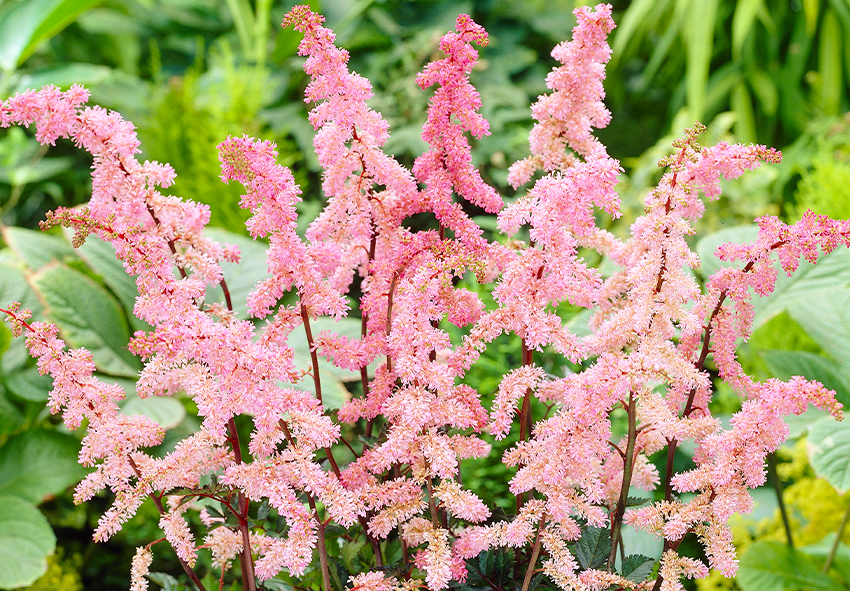
Hemerocallis, sometimes referred to as daylilies, are perennial plants that are favored by gardeners because to their gorgeous flowers that only last one day. They come in a variety of hues and dimensions, and they’re excellent for bringing springtime color to your garden.
Hemerocallis are a fantastic option for planting in the spring since they are hardy plants that can endure a variety of soil types and need little upkeep. They are also renowned for their prodigious bloom production and speedy multiplication.
Choose a spot with well-draining soil and full sun to moderate shade when planting Hemerocallis in the spring. To encourage healthy development, water the plants often, especially during dry times, and feed them with a balanced fertilizer.
Deadhead the wasted blooms of Hemerocallis frequently to stimulate the plant to produce additional blossoms. Every three to five years, divide the plants to avoid overcrowding and encourage strong development.
Conclusions
Perennials are a wonderful way to add color and diversity to your garden by planting them in the spring. You may take advantage of lovely blossoms for years to come by choosing the appropriate perennials and according to some simple planting and care instructions. For spring planting, Peonies, Hosta, Iris Perennials, Astilbe, and Hemerocallis are all fantastic options because they come in a variety of hues, forms, and sizes. Consider include these top 5 perennials to your spring planting list, whether you’re an experienced gardener or just getting started, for a beautiful and low-maintenance landscape.
Frequently Asked Questions (FAQs) about Perennials
1. What are perennials, and why should I consider planting them in the spring?
Perennials are plants that live for multiple growing seasons, making them a popular choice for gardeners. Planting them in the spring is advantageous because it allows these hardy plants to establish strong root systems before the harsh conditions of winter. When you plant perennials in the spring, they have ample time to grow and thrive, producing beautiful foliage and blooms year after year.
2. What are some popular Dutch perennial options for spring planting?
Several perennial plants thrive when planted in the spring. Some popular choices include peonies, daylilies, hostas, and lavender. These plants come in various sizes, colors, and growth habits, making it easy to find the perfect perennials to suit your garden’s aesthetic and needs.
3. Can I order these spring perennials from your online store?
Yes, you can! Our online store offers a wide selection of high-quality spring perennials. We source our plants from reputable growers to ensure you receive healthy specimens ready to thrive in your garden. You can browse our catalog, place your order, and have your chosen perennials conveniently delivered to your doorstep.
4. How do I care for spring-planted perennials to ensure they thrive?
Caring for spring-planted perennials involves proper watering, mulching, and regular maintenance. Water your perennials deeply but less frequently to encourage root development. Apply mulch to conserve moisture, control weeds, and insulate the soil. Additionally, pruning and deadheading spent flowers can promote healthy growth and continuous blooming throughout the season.
5. Do perennials require any special considerations in terms of soil and sunlight?
Perennials have varying soil and sunlight preferences, so it’s essential to choose the right spot for each type. While some perennials prefer well-drained soil, others thrive in moist conditions. Similarly, some require full sun, while others prefer partial or full shade. It’s crucial to research the specific requirements of the perennials you plan to plant and select suitable locations in your garden to ensure their success.
Published: 03.04.2023
